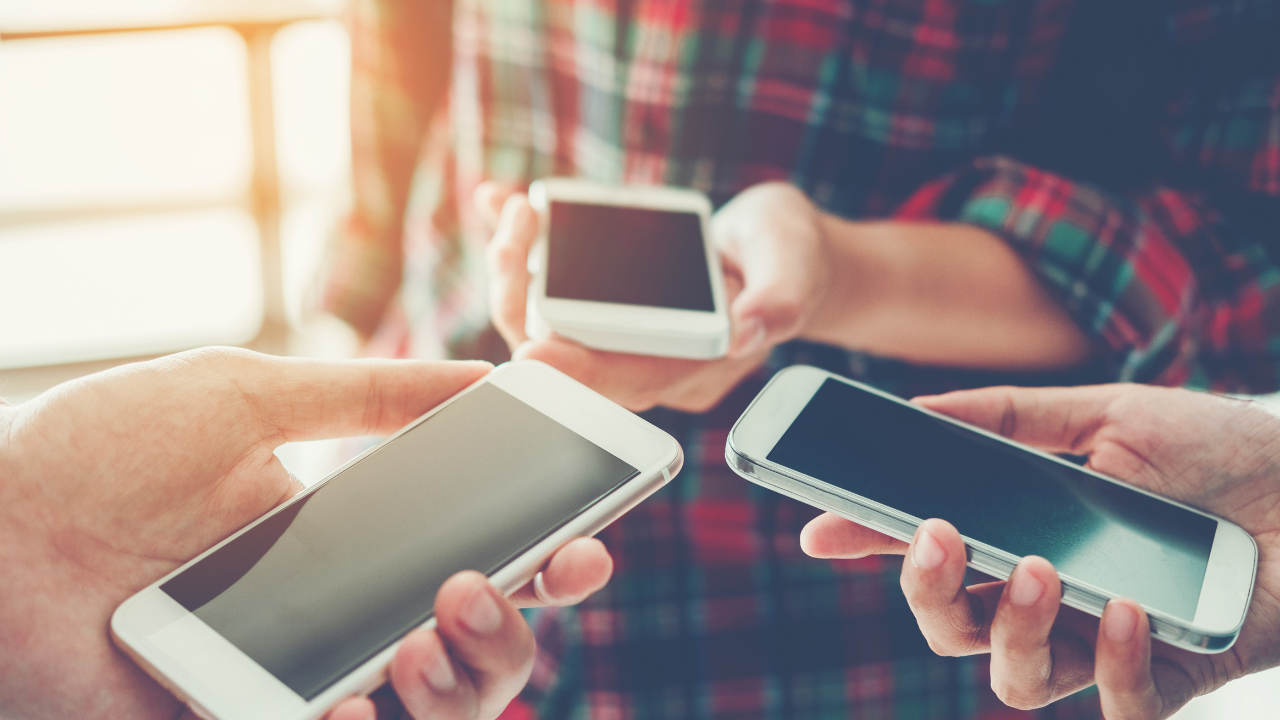1. Government Programs
The Lifeline Assistance Program is a vital U.S. federal initiative aimed at providing discounted or free phone services to low-income individuals, including seniors, who meet specific eligibility criteria. Established under the Universal Service Fund, this program is designed to foster communication access among underserved communities, ensuring that financial hardship does not prevent individuals from connecting with essential services, family, and friends.
How the Program Works
Eligible individuals can receive a discount on their monthly phone bill, which may include both landline and wireless services. The Lifeline program primarily caters to two main eligibility pathways: individuals participating in federal assistance programs and those whose income falls at or below 135% of the Federal Poverty Guidelines. Programs that establish eligibility include Medicaid, Supplemental Nutrition Assistance Program (SNAP), Supplemental Security Income (SSI), and others that serve low-income populations.
To apply for Lifeline Assistance, individuals must provide documentation to prove their eligibility, such as benefit statements or income verification forms. Once approved, participants can select a service provider that offers discounted plans under the Lifeline framework. This initiative effectively ensures that seniors and other low-income individuals keep their phones connected, facilitating access to healthcare, emergency services, job opportunities, and meaningful social interactions.
The Impact of Lifeline Assistance
The impact of the Lifeline Assistance Program is profound and far-reaching. By providing affordable phone services, the program plays a vital role in improving overall quality of life. Seniors, for example, can make vital emergency calls, stay in touch with loved ones, and maintain their social connections, which are fundamental to mental health and well-being. Additionally, access to services like telehealth has become increasingly essential, especially post-pandemic, further underscoring the importance of communication technologies in accessing health care.
Moreover, by targeting low-income families and individuals, the Lifeline program addresses socioeconomic disparities and reduces barriers to essential services, fostering greater inclusivity and equity within society.

Next Page
You May Also Like
-

How to Use SNAP and Other Government Benefits to Qualify for Free Cell Phone Services
Learn how to qualify for free cell phone services using SNAP, Medicaid, and other government benefits. Understand eligibility, application steps, and maximize Lifeline and ACP benefits.
-

Frequently Asked Questions (FAQ) About the Lifeline Program
Whether you're interested in eligibility requirements, application processes, or benefits provided, our FAQ section addresses the most commonly asked questions about the Lifeline Program.
-

What is the Lifeline Program?
Initially established as part of the Universal Service Fund (USF), Lifeline began with the straightforward objective of providing discounted landline telephone services to low-income households.
Popular Blog
-

Affordable Alternatives When You Don’t Qualify for Free Government Phones in the U.S.
Don’t qualify for a free government phone like Lifeline? This article explores affordable options for staying connected. Discover prepaid plans, discounted deals, the used phone market, and how to leverage free Wi-Fi and community resources to maintain essential communication on a budget.
-

How to Get a Free Tablet from Government Programs
In this article, we’ll explore these programs, the types of tablets you can get, and the carriers currently participating in these initiatives.
-

How to Check Your Eligibility for Free Cell Phones and Services
Learn how to check your eligibility for free cell phones and services through programs like Lifeline and ACP. Discover income-based requirements, application steps, and benefits.





